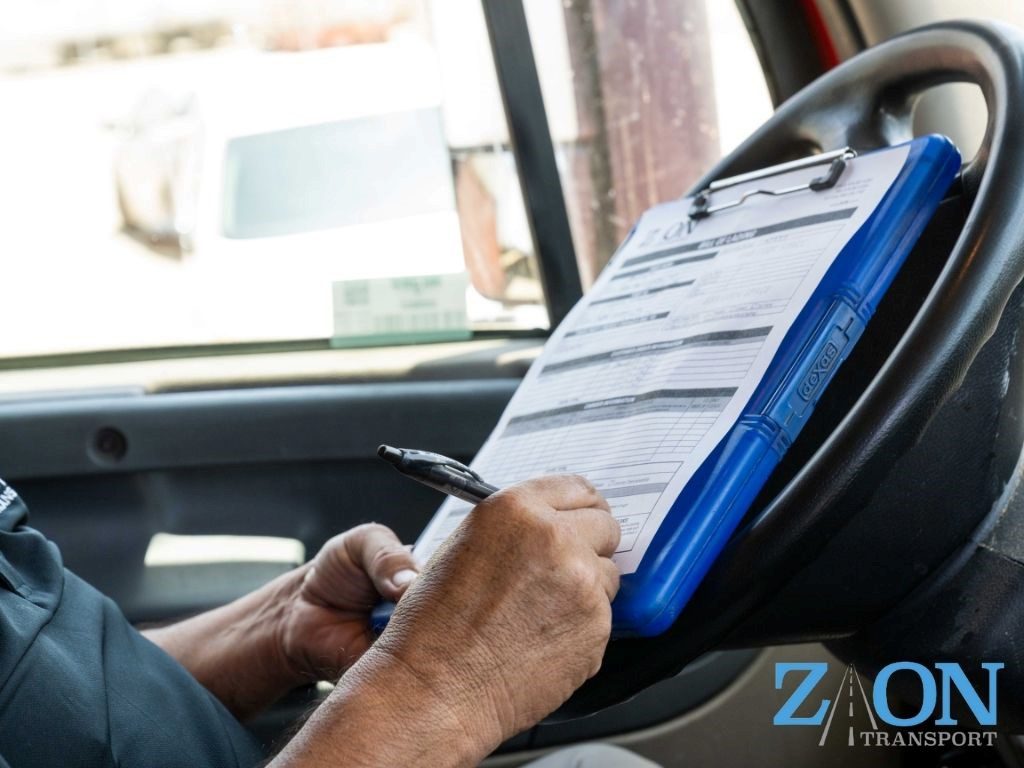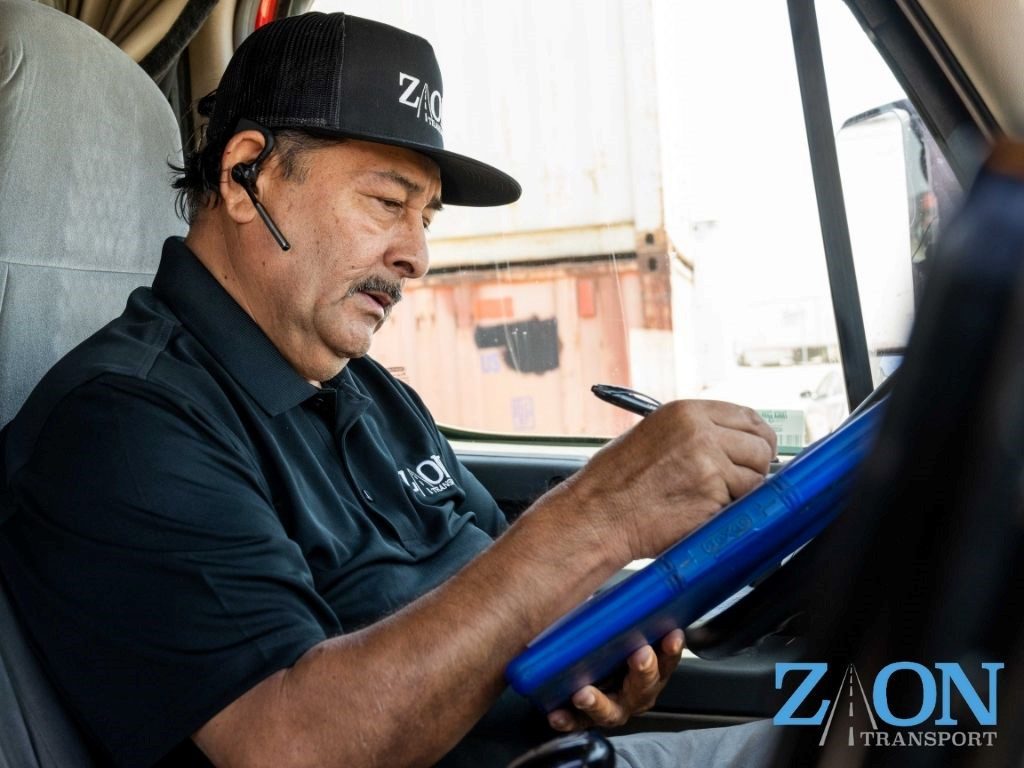The trucking trucking business can be highly profitable but is also fiercely competitive. Each year, many truckers attempt to enter the market and fail to establish a sustainable operation.
This often happens to drivers who excel behind the wheel but lack strong business management skills. Running and growing a successful trucking company requires more than just driving experience or route planning knowledge. The market segment you choose directly affects the type of equipment you invest in, the rates you set, and the freight you can carry. For example, a interstate freight company route will demand larger trucks compared to a local delivery service.
Follow these seven essential steps to launch your trucking business effectively. They will guide you from being a skilled driver to becoming a successful entrepreneur. Save this article for regular reference as you build your venture.
1. Target the Right Market Niche
Choosing the right market niche is the foundational step to becoming a prosperous owner-operator or small fleet owner. Your chosen market dictates the equipment you’ll need, the rates you can command, and the types of freight opportunities available.
Typically, owner-operators thrive by focusing on markets that large carriers tend to overlook. In other words, specializing in specific freight types can offer a competitive edge.
For example, operating a dry van can be very challenging due to intense competition from both large carriers and other owner-operators chasing easier loads.
Specialized markets such as refrigerated trucking for fresh produce and meat (reefers) provide several advantages, including less competition, steady year-round demand, and resilience against economic downturns—an essential factor for business stability.
2. Set Competitive and Profitable Rates (Per Mile)
As an owner-operator, determining the right rate to charge per mile is crucial. Your rates need to cover all operating expenses while delivering a healthy profit margin.
Before reaching out to shippers, research and set your rates carefully. Your prices should be competitive with what brokers charge shippers, ensuring you remain attractive without undervaluing your service.
Here’s a proven method to calculate fair rates:
- Select your freight lane based on your planned routes.
- Use load boards to find at least ten loads moving in the same direction.
- Contact brokers to inquire about their pay rates for those loads.
- Calculate the average pay rates.
- Add a 10% to 15% markup on broker rates to account for your direct costs and profit.
- Repeat the process for the return lane to understand round-trip earnings.
With this strategy, you gain clarity on the true value of each lane, enabling informed pricing decisions.
3. Accurately Calculate Operating Expenses
Understanding your operating expenses in detail is critical to business sustainability. Without this knowledge, profitability remains uncertain.

Start by calculating your fixed costs: expenses that remain steady regardless of mileage. These include truck payments, insurance, licenses, and permits.
Next, calculate variable costs, which fluctuate based on miles driven. Fuel, maintenance, tires, and tolls are common examples. The more you drive, the higher these costs.
Add your fixed and variable costs to determine your “all-in cost per mile.” This figure is essential—subtract it from your per-mile rate to understand your net profit.
4. Implement an Effective Fuel Purchasing Strategy

Fuel is the biggest expense for owner-operators, but many make the mistake of only focusing on pump prices, which can lead to significant losses.
The key factor to consider is taxes. Regular drivers must pay fuel taxes based on the purchase location. However, truckers pay fuel taxes through the International Fuel Tax Agreement (IFTA), which taxes fuel usage across all states traveled, regardless of where the fuel was bought.
Because of this, prioritize buying fuel at the lowest base price (fuel price minus applicable taxes), rather than the lowest pump price. This approach can save you hundreds or even thousands annually. For a detailed explanation and tools to compare net fuel prices, refer to our comprehensive guide in this post.
5. Build Direct Relationships with Shippers
While brokers and load boards are useful, especially when your truck is empty, relying heavily on them can be costly. Brokers typically take a 10%-20% commission on load payments, which cuts directly into your profits.
To maximize earnings, focus on developing direct relationships with shippers. Building a network of reliable shippers can provide regular freight at rates comparable to broker fees, allowing you to retain more revenue.
To help grow your shipper list, explore these valuable resources:
- How to Locate Reefer Loads
- Where Can I Find Trucking Contracts?
- Where Can I Find High-Paying Freight Loads?
6. Maintain an Efficient Back Office
Running a profitable trucking business requires a smooth back-office operation. As you expand and add leased drivers, back-office management becomes even more crucial.
You have options:
- DIY Approach: Operate from your truck cab with a laptop, internet, and printer. Use accounting software to handle invoicing, expenses, and payroll. Popular solutions include trucking companies San Diego, which offers free entry-level options ideal for new operators.
- Outsource to Dispatchers or Back-Office Services: Although more expensive, this can relieve administrative burdens. Carefully vet any dispatcher or service to avoid costly mistakes that could jeopardize your business.
7. Manage Cash Flow to Avoid Financial Stress
Trucking is a cash-intensive industry with frequent expenses like fuel, insurance, truck payments, and maintenance. Payment terms from shippers or brokers can range from 15 to 45 days, creating cash flow gaps, especially for startups.
Freight bill factoring is a popular solution: it provides immediate cash advances (up to 95% of invoices) often on the same day you submit the paperwork. The remaining balance, minus fees, is paid once the shipper pays the invoice. Many factoring companies also offer fuel advances, credit cards, and other financial services.
Trusted factoring services like Metromax Dispatch offer reliable solutions for owner-operators. For more insights about flatbed truck service., explore our resources.
If you’re interested in learning about How to start dropshipping with GoTen.com?, be sure to visit our dedicated Business category.
Frequently Asked Questions (FAQs)
A1: Specializing in refrigerated freight like fresh produce and meat (reefers) can be advantageous due to lower competition, year-round demand, and economic resilience.
A2: Research current rates on load boards, contact brokers for pay rates on your preferred lanes, calculate an average, then add a 10-15% markup to ensure profitability.
A3: Build direct relationships with shippers to secure freight contracts without broker commissions. This requires networking and consistently delivering reliable service.
A4: IFTA (International Fuel Tax Agreement) assesses fuel taxes based on miles driven across member states instead of where the fuel was purchased, making it essential to buy fuel at the lowest base price instead of focusing solely on pump price.
A5: Factoring advances immediate payment on freight invoices, helping to bridge the gap between invoicing and payment, thus maintaining steady cash flow for operational expenses.
